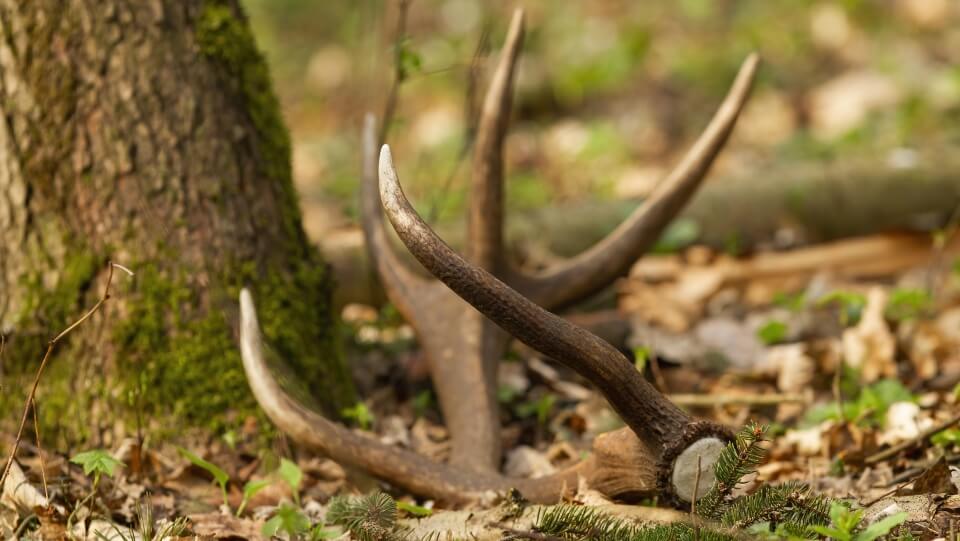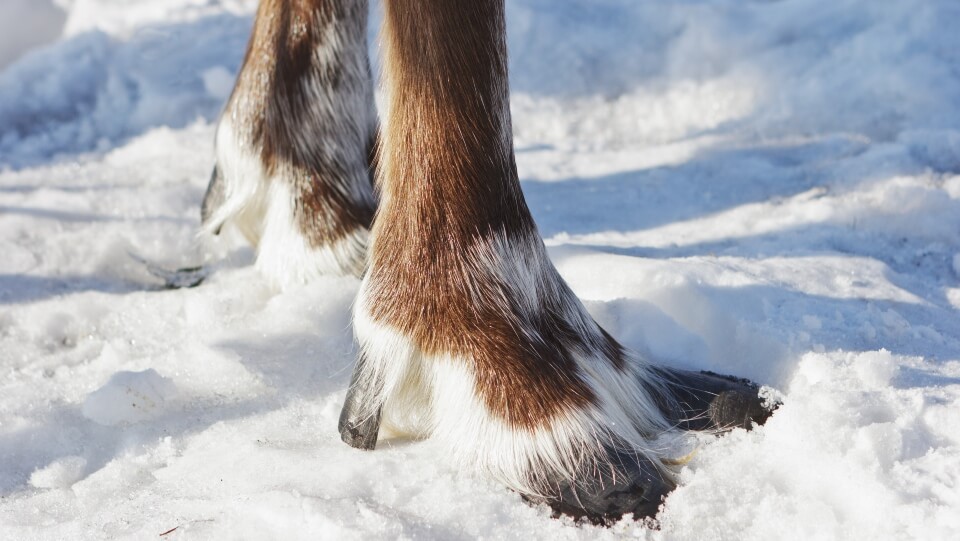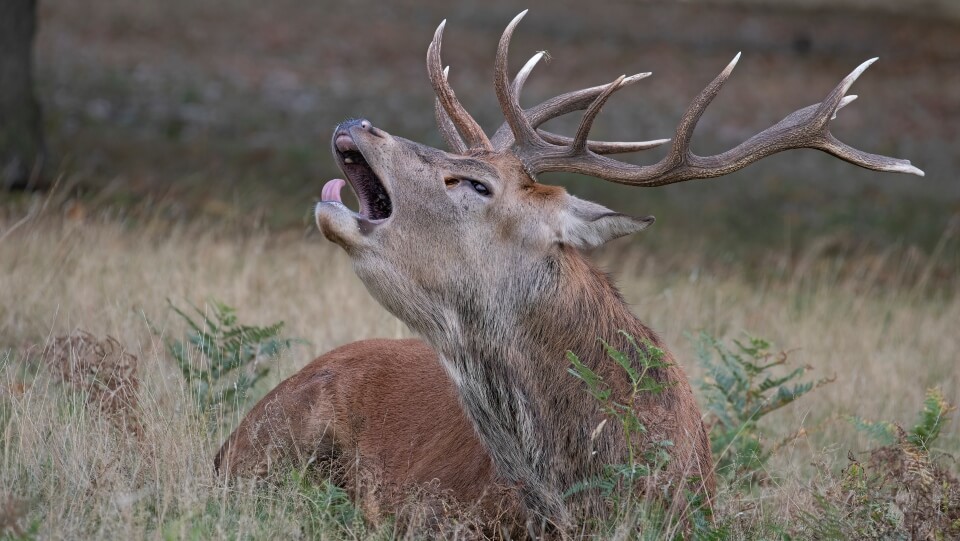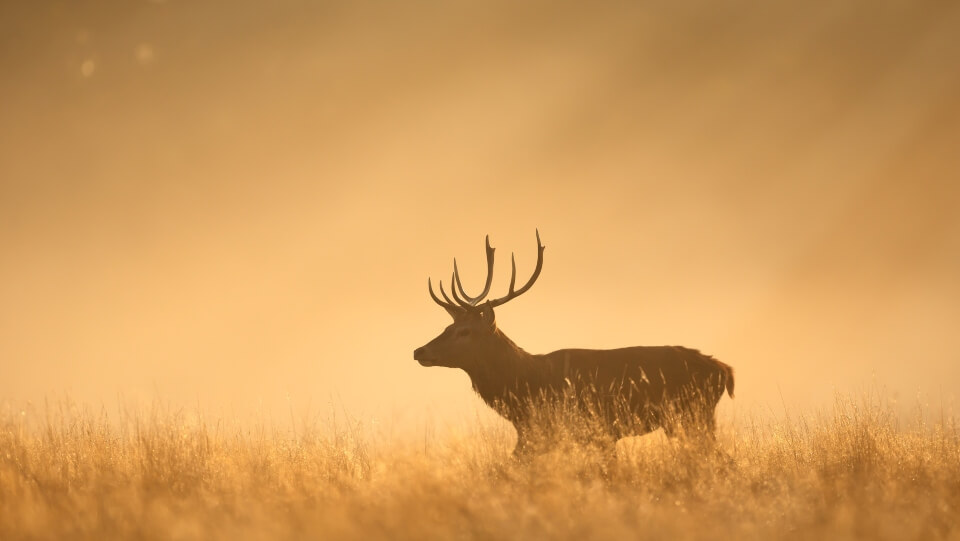When fall comes around, hunters across the nation head out to bag deer and hang trophies. They take most of the meat from their quarry, discarding the remainder of the carcass.
Though this kind of practice is understandable, resourceful survivalists should try to use every part of the deer. With that in mind, here are five ways to fully strip a deer.
1. Antlers

When hunters discard deer parts, the antlers are among the first to go if they can’t hangthe head as a trophy. However, you’d be surprised to learn the uses of deer antlers. For example, you can use deer antlers to make crafts like buttons and jewelry. Venison antlers make terrific handles for knives if you’re looking for more comfortable grips for your hands.
The most practical use of deer antlers may be its medicinal qualities. People have used antlers for over 2,000 years by grinding the velvet into a powder. Nowadays, you’ll see deer antler powder as supplements to strengthen bones, repair muscles and improve immunity.
2. Ligaments

Another commonly wasted part of deer is their ligaments — specifically their legs and hooves. Deer legs are thin, so they appear as if they don’t have much use. However, finding practical applications for these parts requires only some creativity.
For example, does your dog tag along for hunts and other outdoor excursions? Give your dog a share of the prized buck by converting the venison leg into a chew toy. Once you clean and dry the leg, it’s safe for the dog to chew on and can benefit their teeth and jaws.
Another valuable part of deer is the sinew or the tendons connecting deer bones. Survivalists can employ sinew in multiple creative ways. For example, you can twist sinew to make a sturdy bowstring. Do you plan to fish soon? Use these tendons to craft a fishing line strong enough to catch catfish and trout at the lake.
3. Tongue

When you think of edible venison meat, you likely picture the deer’s shoulder, tenderloin, rump and other popular cuts. However, the tongue is one body part you shouldn’t forget when searching for edibility. Venison tongues don’t appear large but can be sizable cuts once you extract them from the body.
Once you clean the tongue, you can braise, boil or sautee it, depending on your intended recipe. For best results, consider slow cooking it for about 12 hours to ensure it’s tender and easy to eat. Cooked venison tongue is excellent alone, but you can use it for sandwiches, tacos, stews and more.
Survivalists often grind their venison to make it tender and control the meat-to-fat ratio. Ground venison makes it easier to make traditional recipes, such as:
- Burgers: Burgers are one of the easiest meals you can make with ground venison. This recipe produces delicious venison burgers with bacon and only takes an hour.
- Meatballs: Meatballs are versatile because you can put them in spaghetti, sandwiches, soups and other tasty dishes. This recipe puts a Tex-Mex spin on meatballs by using adobo peppers, enchilada sauce and cilantro.
- Stuffed peppers: If you want to please a party, you can’t go wrong with stuffed peppers. This recipe makes venison stuffed peppers with taco seasoning and Mexican rice to spice up your night.
4. Heart
Resourceful survivalists utilize every part of the deer, even the organ meat. Venison heart makes for an unconventional meal, but it’s a delicacy for many hunters. Organ meat, such as the heart, spoils faster than muscle meat due to its enzyme activity and moisture content. Thus, you’ll want to cook the venison heart within a few days to ensure its freshness and edibility.
Deer heart may be an acquired taste, but you can eat it by itself like a steak. Steak lovers can rejoice because you can cook the meat medium rare and still get terrific flavors. If you’d rather have accompaniments, try eating deer heart in dishes like chili or stew, where other flavors outshine the meat.

5. Fat
Deer are one of the leanest species in the wild, but they still have useful body fat. You’ll typically find the fat surrounding internal organs like the heart and liver. Venison meat is popular because it’s lean and low in calories, but the fat still plays a role in the kitchen.
For example, deer fat (or tallow) is an excellent substitute for pan-frying meat because of its smoke point. Use deer fat when sauteeing venison meat or incorporate it for vegetables and other meats. Deer has tasty flavors that add another layer to any dish.
Deer fat’s high smoke point gives it uses outside the kitchen. For example, tallow is a common ingredient for candles because it allows them to burn longer. Plus, deer fat has a rich scent bringing earthy fragrances to the room.
Survivalists also use tallow to make soaps and lotions because it is more stable than other animal fats. Deer’s fatty acids create terrific moisturizing properties and nourishment for the skin.
Respecting Animals and Nature
When you hunt that prized buck, it brings tremendous pride and satisfaction. Be a friend to nature and use every piece of the deer to ensure you don’t waste anything. Use this guide to be a resourceful and sustainable survivalist.
